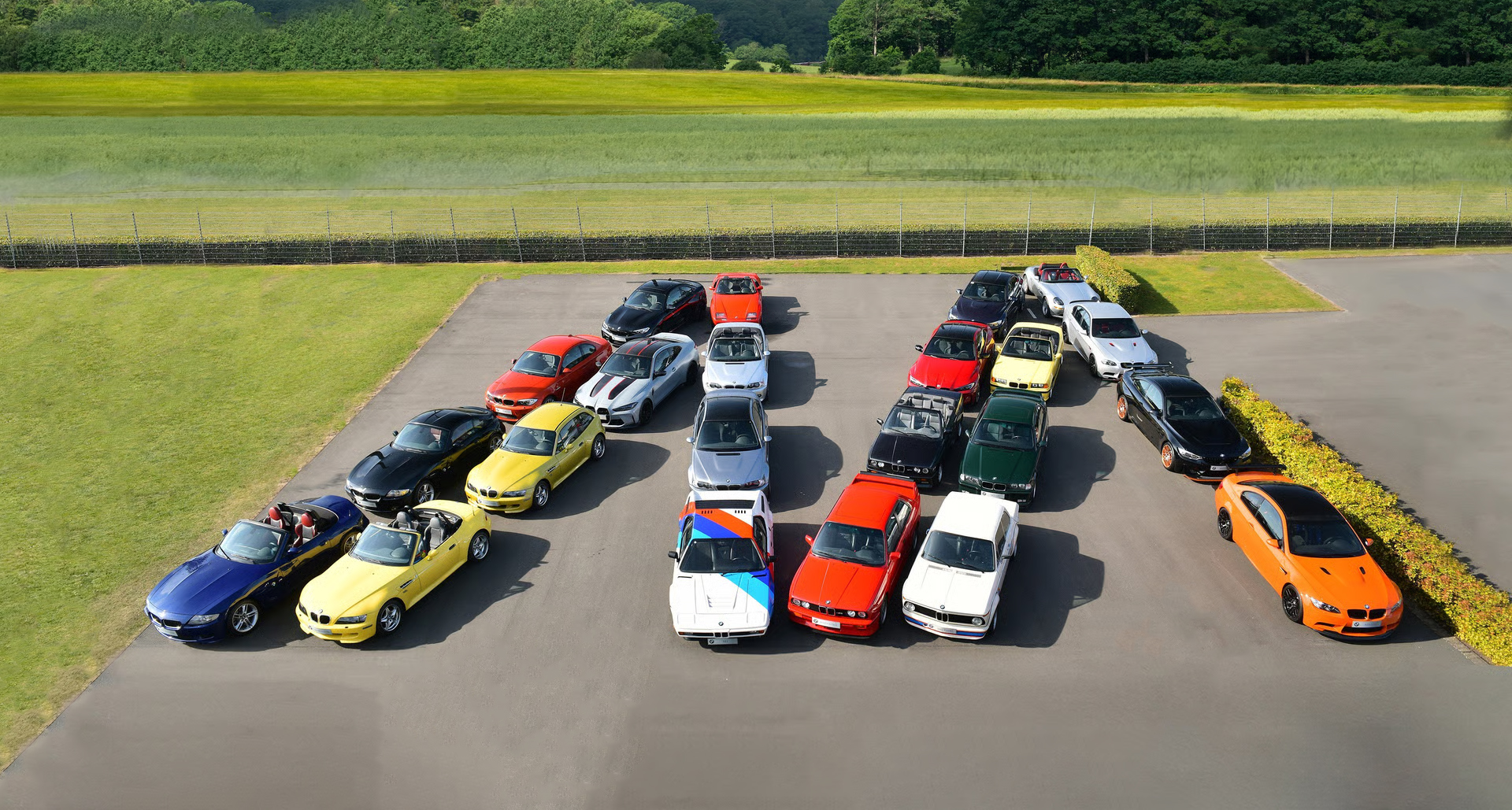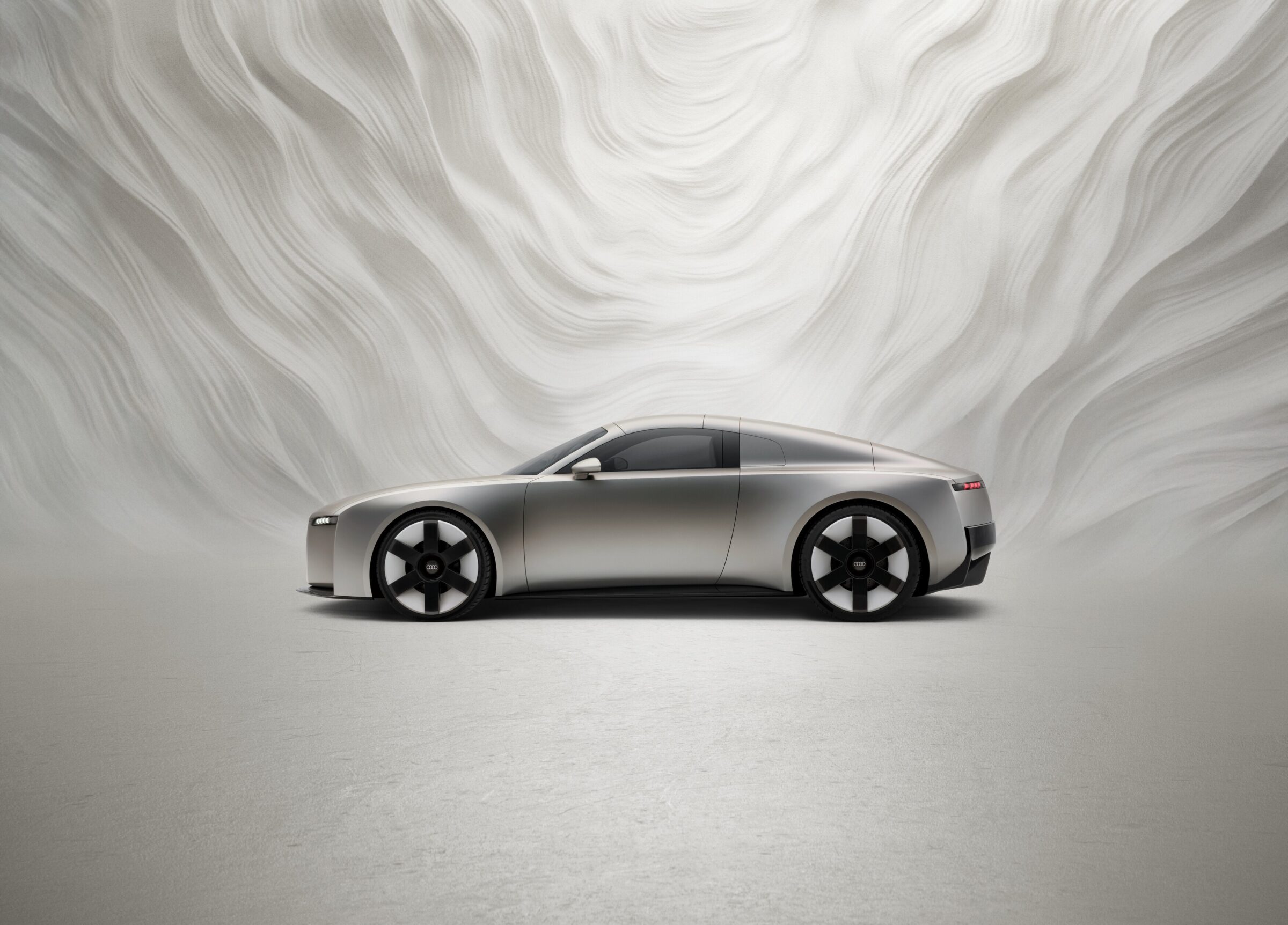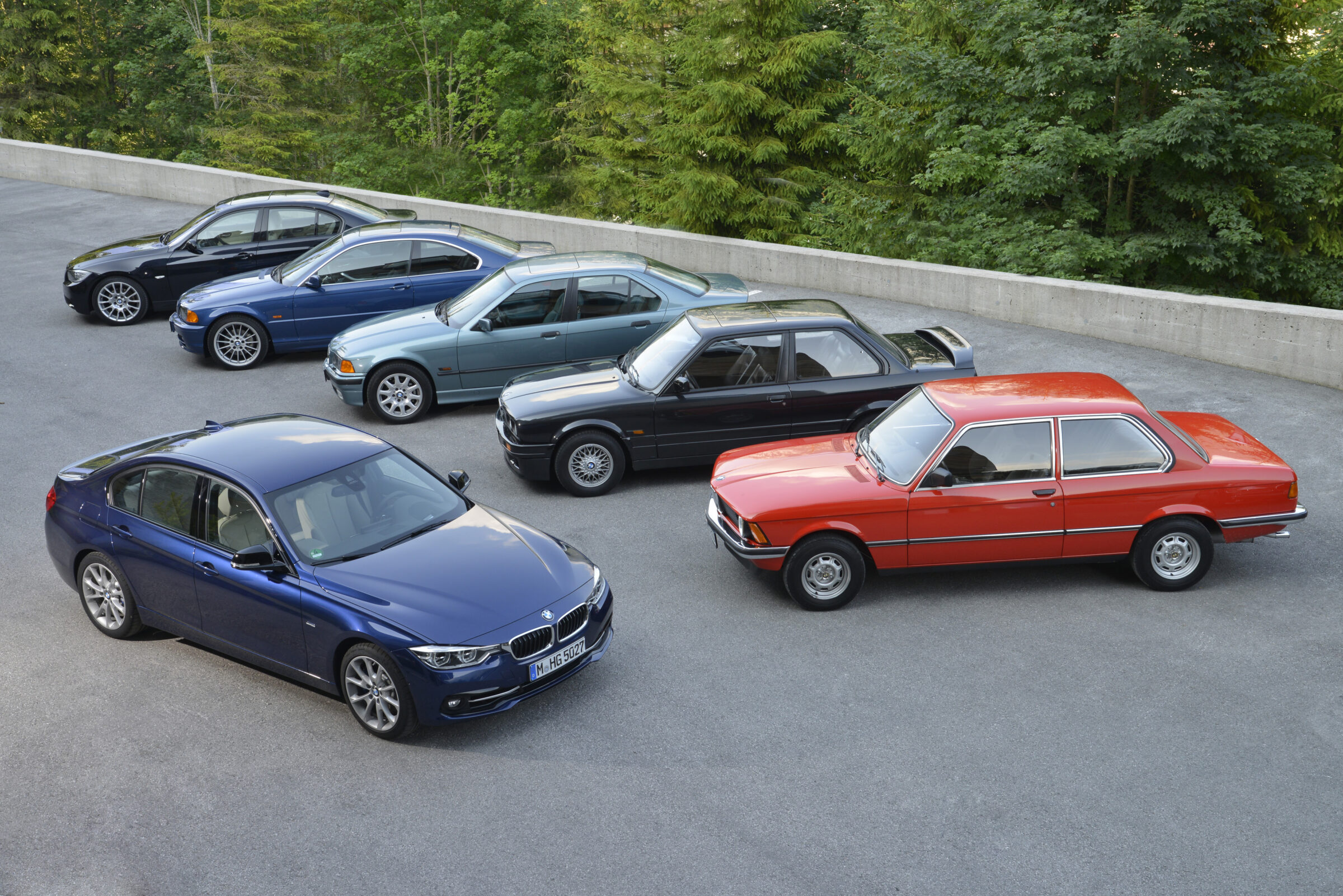Volkswagen EA 128
Let’s go back to the 1960s for a moment and take a brief critical look at the Volkswagen model range. To speak of something comparable of a ‘model range’ in 1960 is rather a generous interpretation of these words with the three model series Beetle, Karmann-Ghia (Type 14) and Transporter T1. A year later the mid-sized Type 3 (1500) and the bigger Karmann-Ghia (Type 34) debuted, from 1968 there was also a vehicle in the upper middle class with the Type 4 (411/412). However, as early as about 1962, there were plans to enter the upper luxury class with the, so to speak, ‘Type 5’. This project was developed under the internal abbreviation EA 128 (EA stands for ‘Entwicklungsauftrag’, which means ‘development order’). It reached prototype stage, but was finally stopped by Heinrich Nordhoff, then CEO of Volkswagen.
In contrast to the Phaeton, which was developed about 40 years later, the EA 128 wouldn’t have arrived at the dealers only as a sedan, but also as a Variant. This would have been the first four-door estate from Wolfsburg, as the Variant versions of Type 3 and Type 4 were only available with two side doors. So it took until the arrival of the first Passat Variant in 1974, before the rear passengers could comfortably board the car via their own doors. To date, at least two prototypes of the EA 128 have survived, both part of the car collection in the Stiftung AutoMuseum Volkswagen in Wolfsburg, showing both planned body versions. At our visit only the sedan was shown in the exhibition part of the museum. Visually, the car anticipates the angularly enclosed double headlights of the VW 412 offered from 1972. On all four corners large orange indicator lights are mounted, which are identical parts front and rear. When looking at the compact taillights, it becomes clear that the prototypes didn’t reflect the final production design. In addition, VW deliberately renounced any brand logos on the bodywork in order to test the 4.7-meter-long vehicle in public.








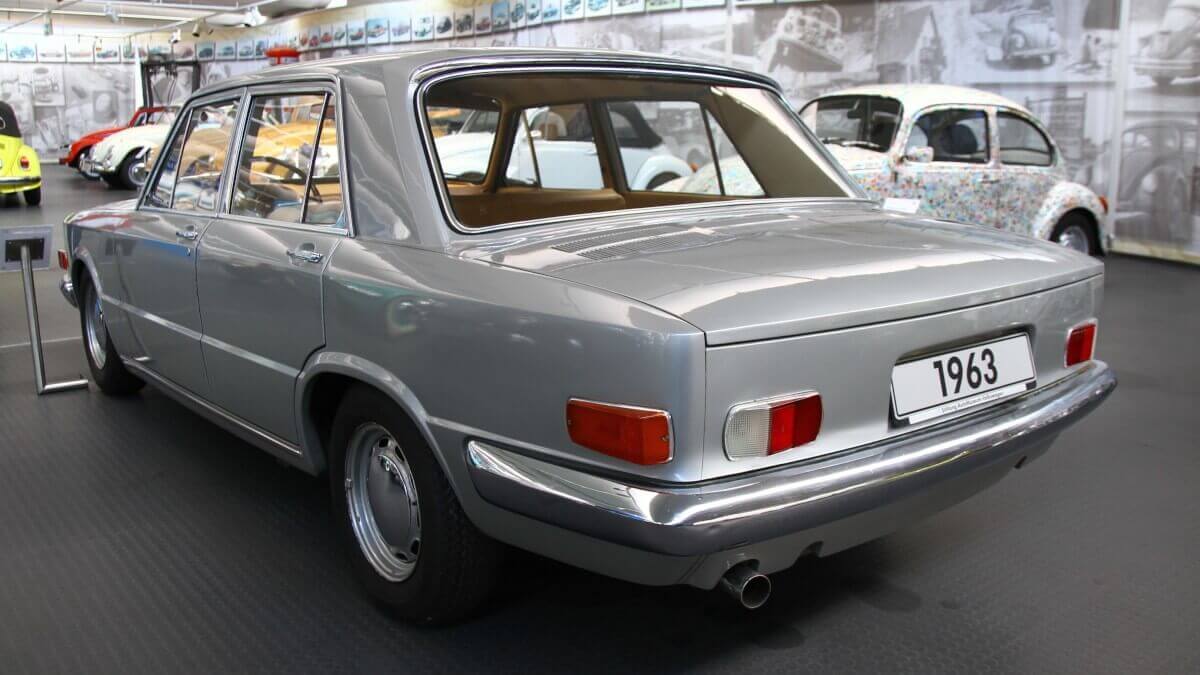

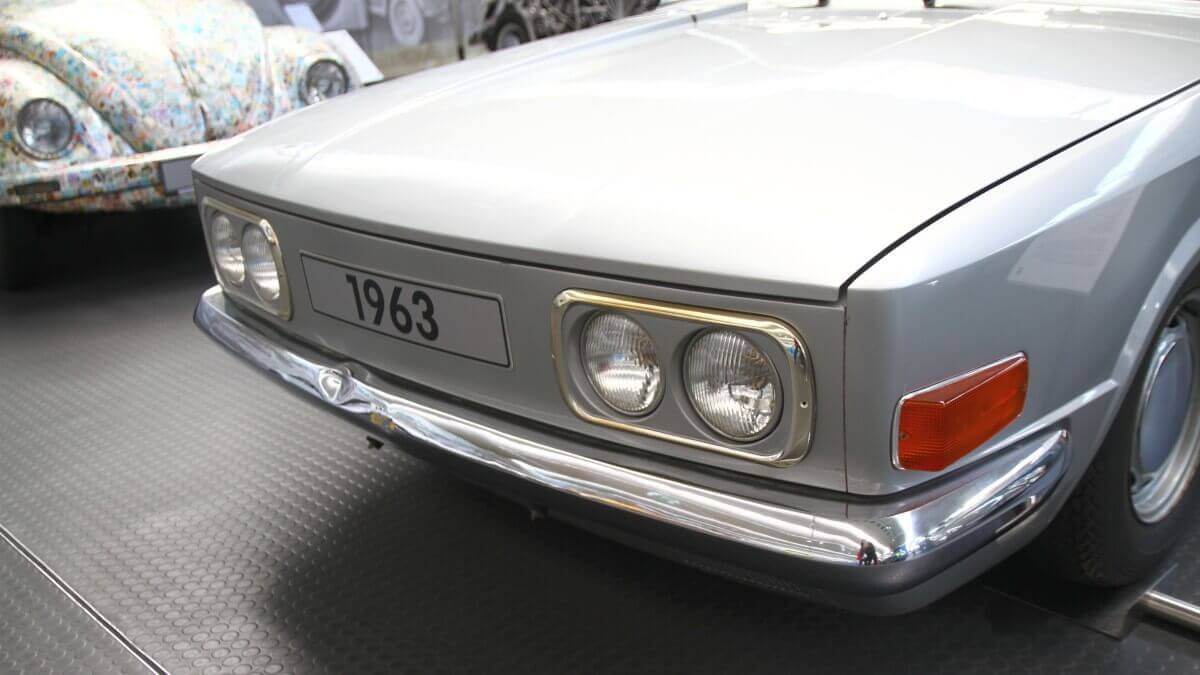





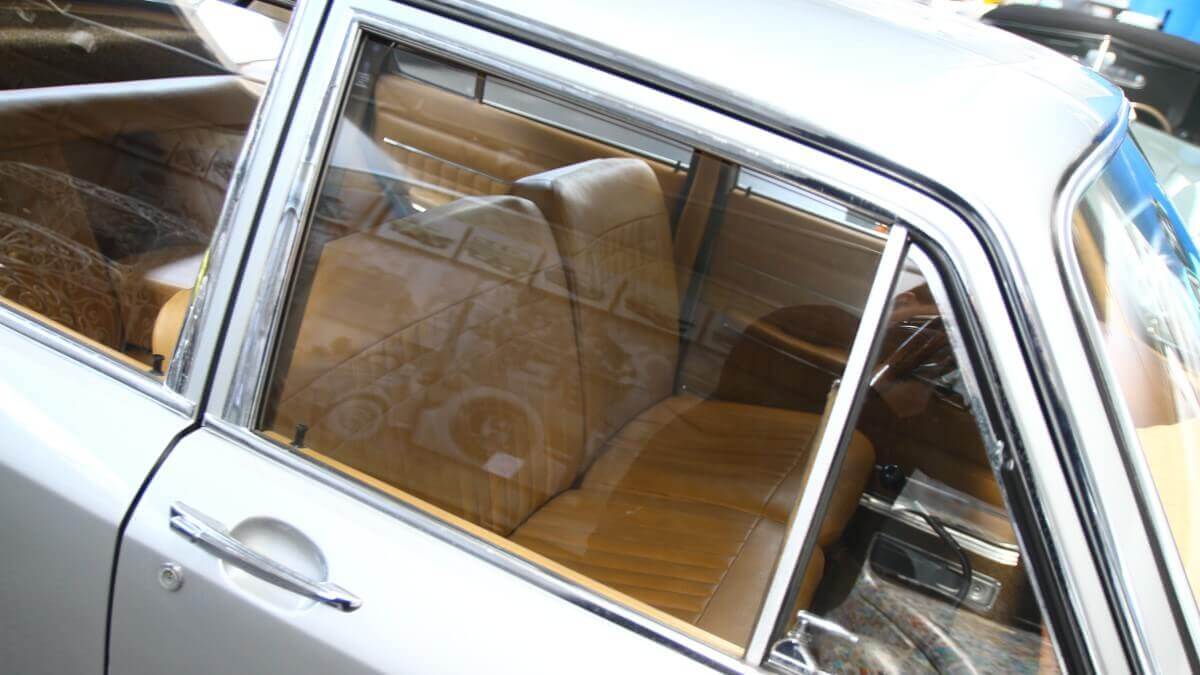





Interestingly, the EA 128 may not only be considered as a predecessor to the Phaeton, but anticipated in some ways also the Porsche Panamera. Back then, Volkswagen was mainly known for the fact that they only developed cars with the engine in the rear, although this design was considered obsolete even in the 1960s. In order to have enough power for a top-class sedan, they needed a bigger engine than the four-cylinder boxer from the Beetle. Due to the close cooperation with Porsche they knew early about the new developed six-cylinder boxer engine for the new 901, which debuted in 1963 and soon became the 911. Such an aggregate also drives the EA 128. Thanks to 90 hp from two liters of displacement and a curb weight of just 1.2 tons it theoretically reaches a topspeed of 160 kph (99 mph). Parts of the chassis such as the longitudinal torsion bars in front or the rear trailing arms are also from the 911.
Even the rev counter and the speedometer behind the large wooden steering wheel are well known to Porsche fans. Otherwise, the interior of the sedan prototype shows a two-tone leather upholstery in beige and brown. Full-length benches at the front and back can accomodate up to six passengers. Behind the rear seats there is a small luggage compartment, while a big trunk can be found at the front. In response to the Chevrolet Corvair and expansion to the VW program, the EA 128 might have worked for some time. However, several accidents with the Corvair in the US caused a bad reputation for rear-engined vehicles, which eventually led to new considerations at Volkswagen and finally to the modernized model range of Golf, Passat, Polo and Scirocco. But at that time, the EA 128 had long disappeared in the vehicle depot.
Images: Matthias Kierse


